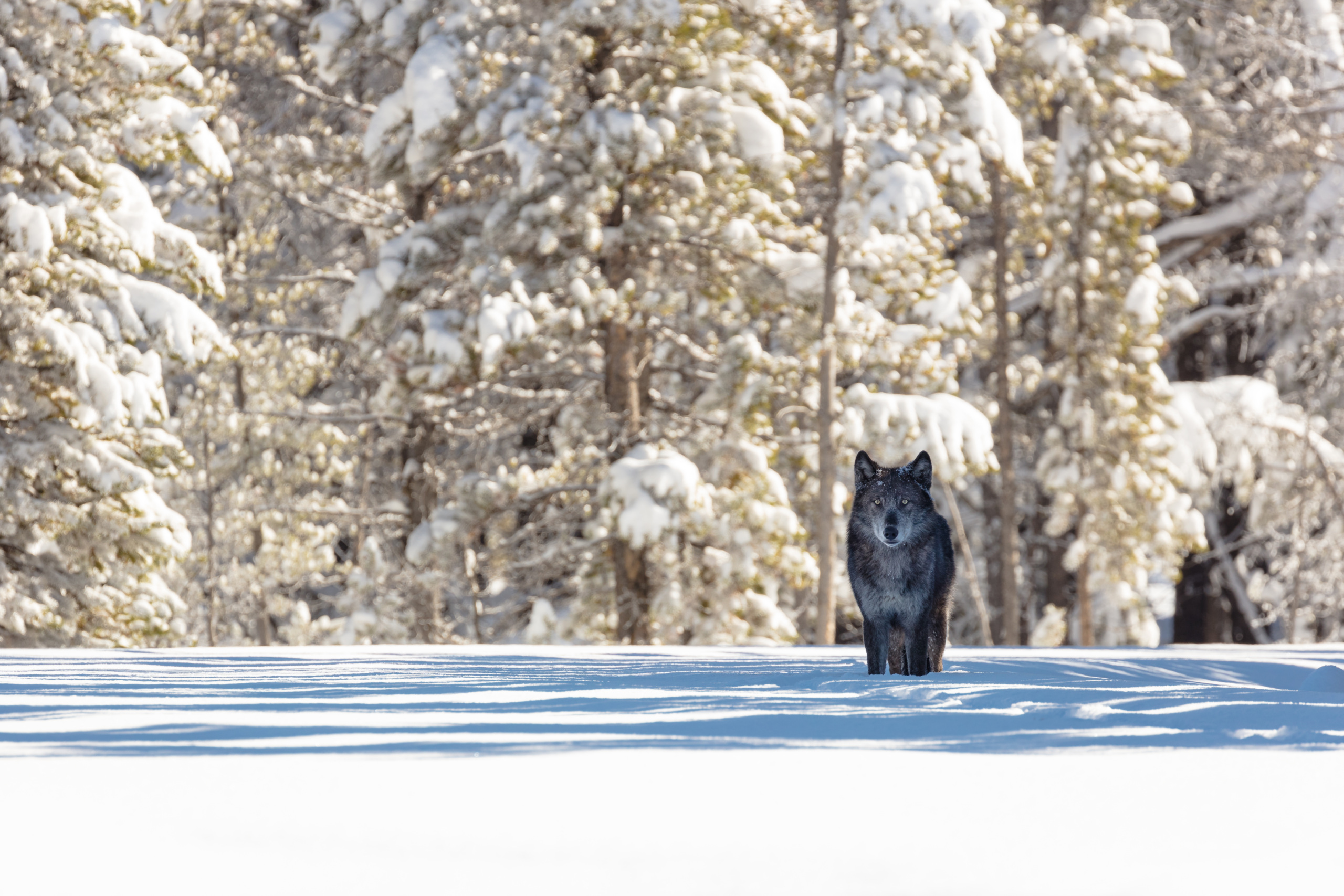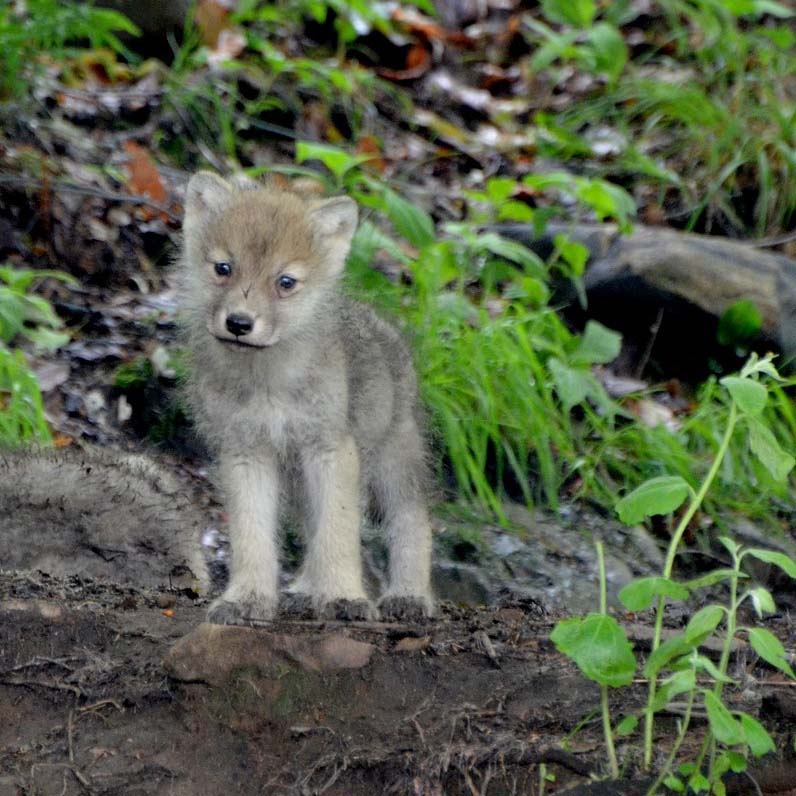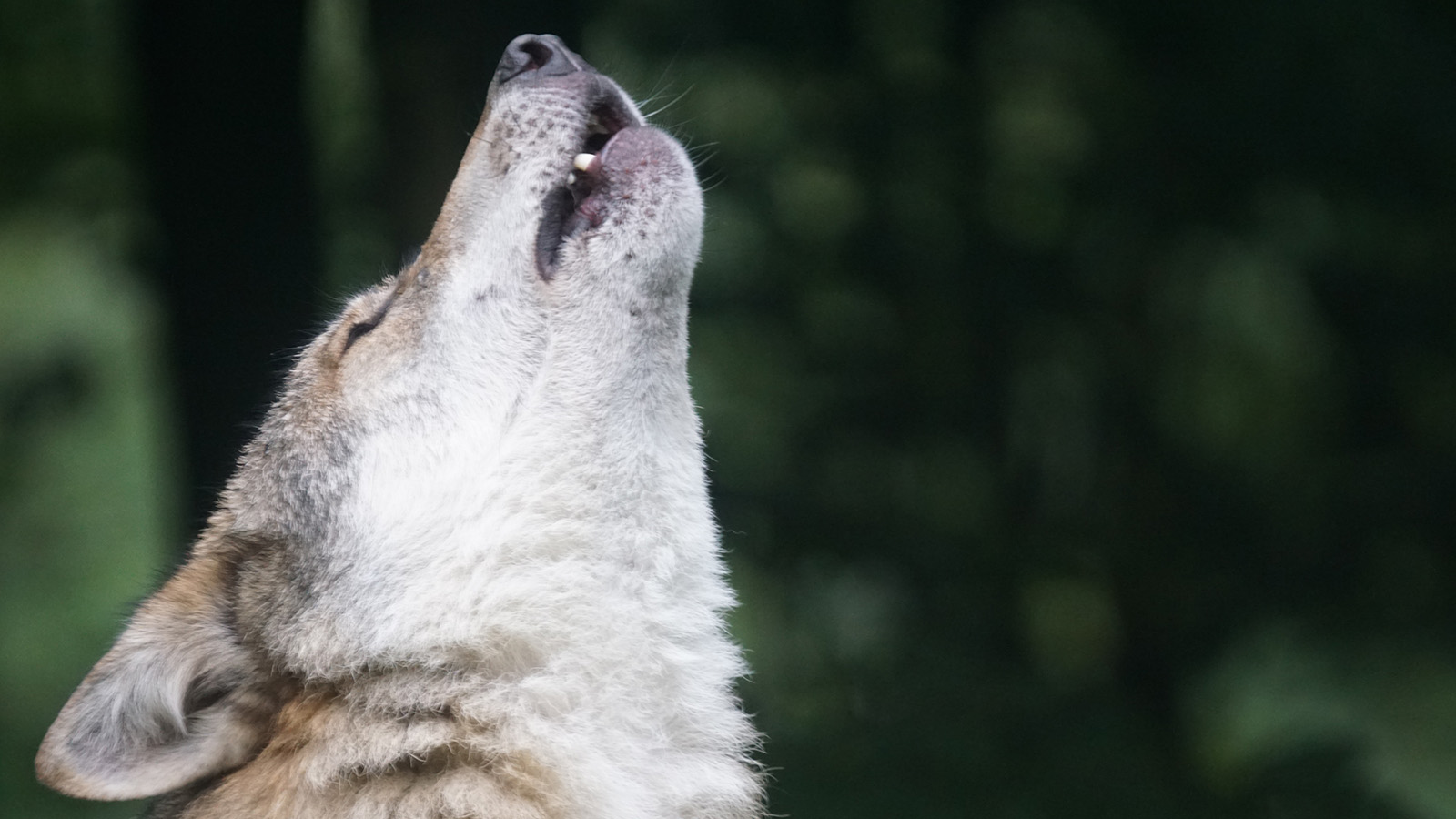
Your toolkit for saving monarchs at home
We can all act to save monarchs in our own homes and communities by planting native milkweed. Here are answers to some of your most frequently-asked questions.
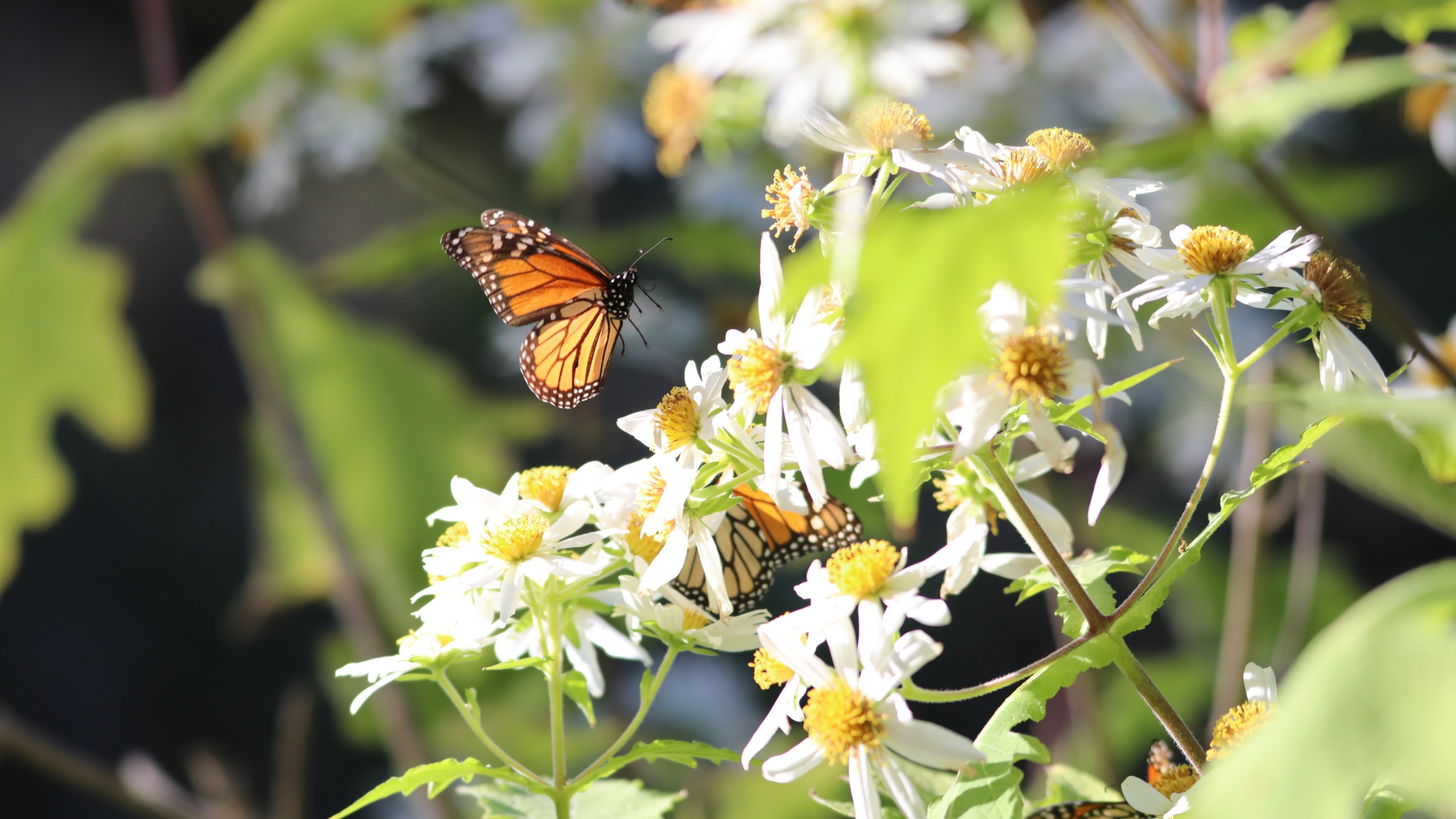
Each year, monarch populations are plummeting. Roughly 99% of western monarchs have disappeared — that’s millions of missing butterflies.
We can all act to save monarchs in our own homes and communities by planting native milkweed. Here are answers to Environmental Action supporters’ most frequently-asked questions!
What impact will planting milkweed in my community have?
You’ll create places for monarch butterflies to lay their eggs and for caterpillars to grow that would not otherwise exist. You’ll help make it possible for more monarch caterpillars to grow into butterflies, and you might begin seeing more monarchs in your area. You’ll also provide a place for other important pollinators, like bees, to survive — and it’ll look great in your yard or garden!
Do I have monarchs in my area?
If you live in the United States, it’s highly likely that at least one type of monarch butterfly breeds in your state. Here’s a map of the monarch butterfly breeding grounds in the continental United States:
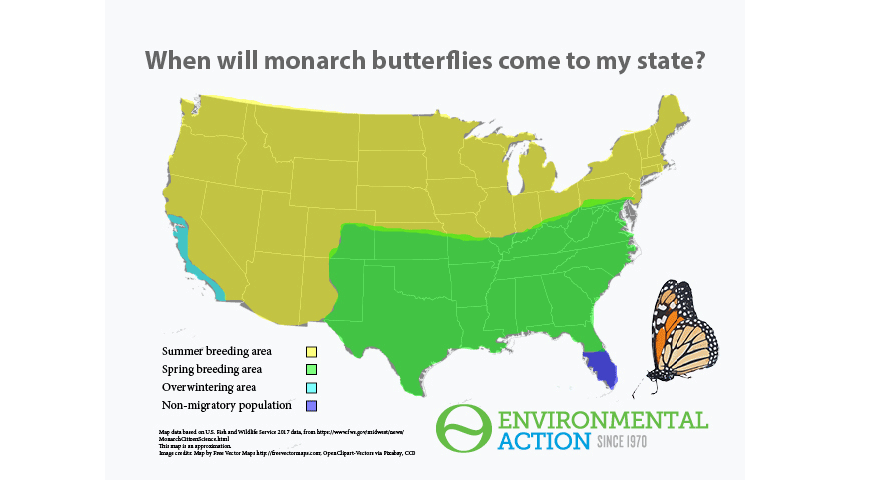
What kind of habitat do monarchs need?
Monarchs need a diverse garden of native milkweed and nectar plants for their breeding in spring and summer, and they need nectar plants for their migration. Three species of milkweed have wide ranges and are good for most regions: common milkweed (Ascelpias syriaca), swamp milkweed (A. incarnata), and butterflyweed (A. tuberosa). To find seeds native to your area, as well as where you can buy them, you can use this seedfinder.
To make the plants safe for monarchs, you should avoid spraying pesticides. Over the past few decades, herbicides have killed much of our country’s milkweed — the only kind of plant monarch caterpillars can eat.
A few other factors to consider:
- Does this habitat get enough sun?
- Is there shelter from the wind?
- Is the soil suitable?
- Can I limit the dangers to monarchs in this area? Like planting away from lawn mowers or pets?
- Can I limit access to the milkweed to kids or pets?
In very high doses, milkweed isn’t great for kids and some pets — learn more. - Are there, or will there be, plants with lots of color to attract the butterflies?
How do I plant milkweed?
Here are the basic steps for planting milkweed seeds.
- Check when the best time to plant milkweed in your area is. Your local garden store is a great resource here.
- Prepare the area by getting rid of lawn and/or invasive plants.
- Spread the seed or plant the seedlings.
- Add mulch to keep in the moisture the seeds/seedlings need to grow.
- Water until they grow — but after they’re established, native milkweed shouldn’t need any additional water.
- Weed by hand, and remember that if there are bite marks in the leaves from caterpillars, that is a good thing!
- During fall and winter, prune milkweed stalks to about six inches.
Monarch Challenge
If you plant milkweed in your yard, post it on social media and tag Environmental Action on Facebook, @EnviroAction on Twitter, and enviroaction on Instagram!
Topics
Find Out More

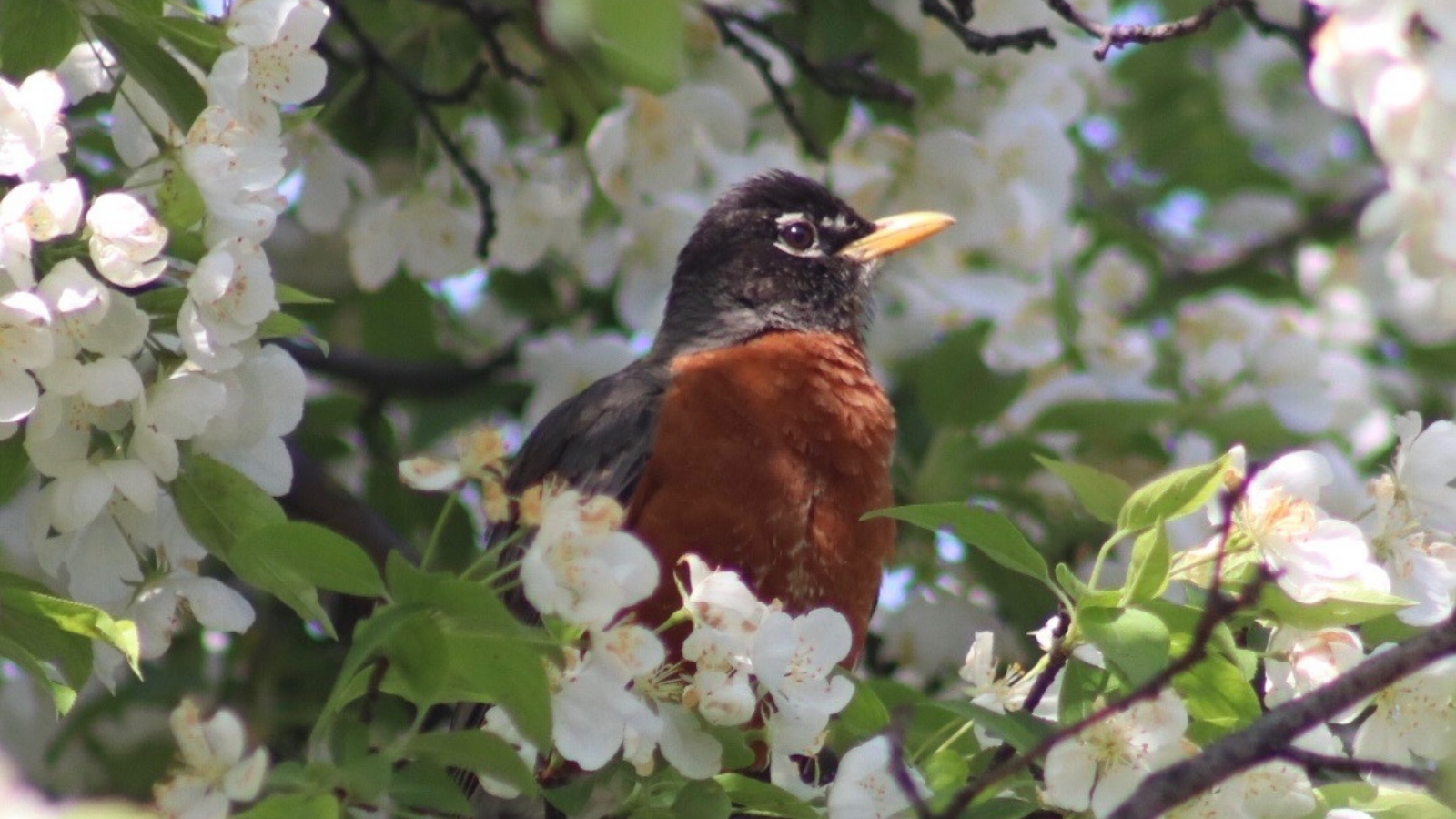
How to protect birds from window strikes
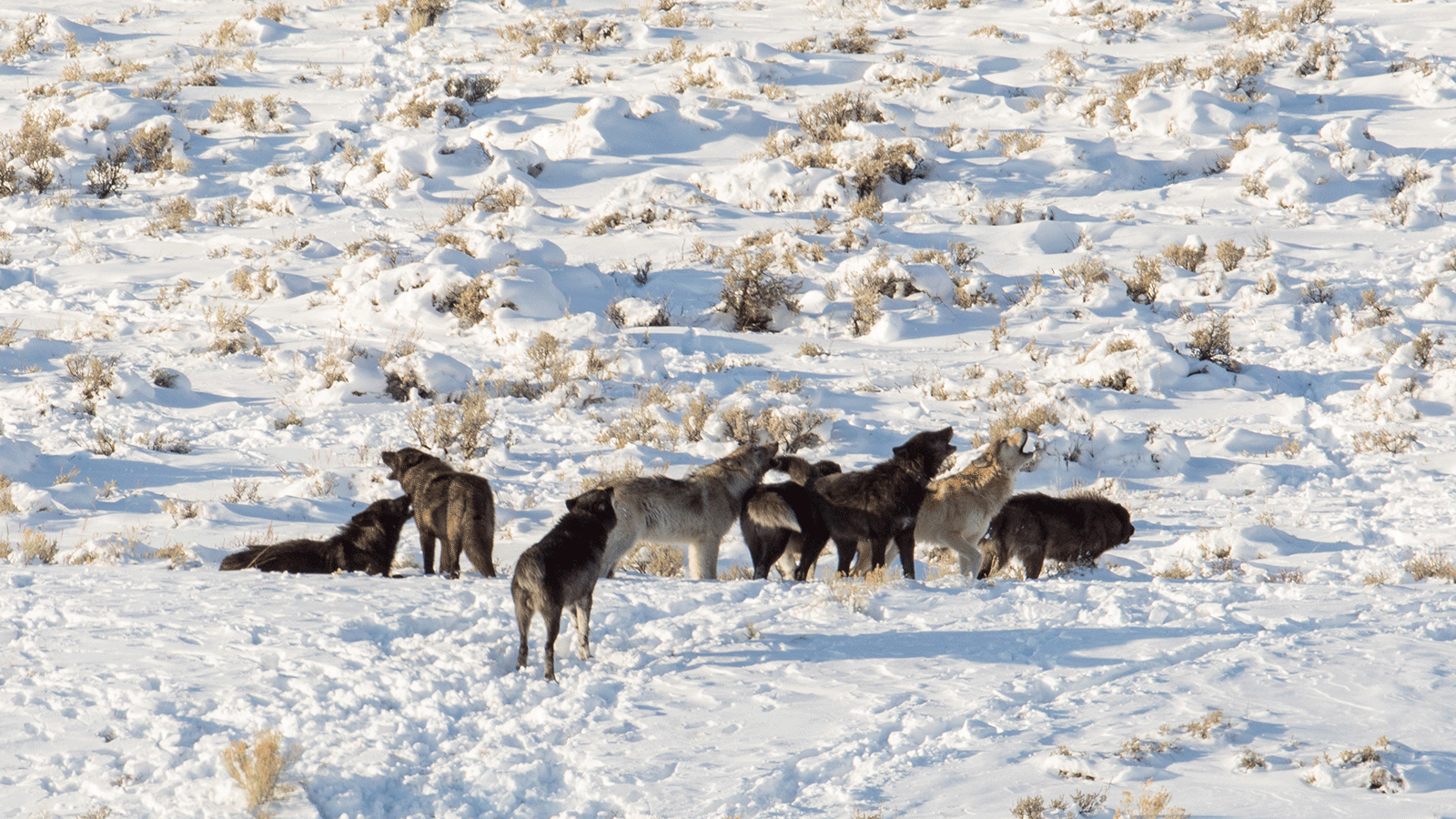
Your guide to wolf conservation in 2024
